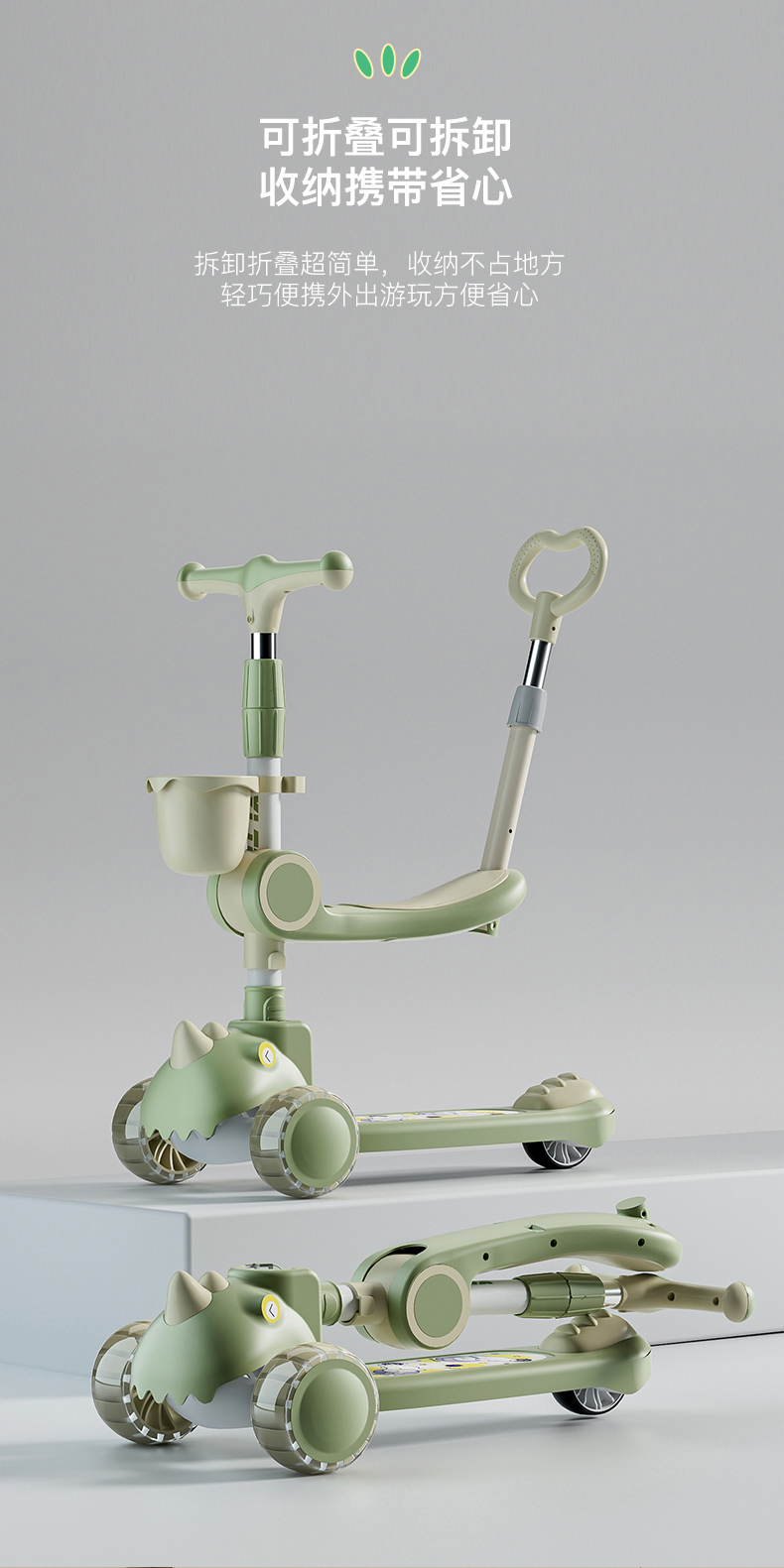how does self balancing scooter work
How Does a Self-Balancing Scooter Work?
Self-balancing scooters, often referred to as hoverboards, have surged in popularity over recent years. These innovative devices offer a unique mode of transportation that is not only fun but also highly efficient. Understanding how these scooters work can demystify the technology behind them and enhance your riding experience.
How Does a Self-Balancing Scooter Work?
The onboard computer is essentially the brain of the scooter. It processes the information from the sensors and adjusts the motors accordingly to maintain balance. If the rider leans forward, the sensors detect this shift and the computer commands the motors to engage, propelling the scooter forward. Conversely, if the rider leans back, the motors will reverse direction to slow down or stop. This continuous feedback loop between the sensors and the computer ensures that the scooter remains upright and stable, allowing for smooth acceleration and deceleration.
how does self balancing scooter work

Electric motors play a vital role in the operation of self-balancing scooters. Typically, there are two independent motors—one in each wheel—which provide the power needed for movement. The motors are often brushless DC motors that are efficient and require less maintenance than traditional motors. The power delivered to the motors is controlled by the onboard computer, which modulates the speed and direction based on the sensors' input.
To enhance the riding experience, many models of self-balancing scooters come with additional features. These may include LED lights for visibility, smartphone connectivity for tracking speed and distance, and built-in speakers for music playback. Safety features, such as battery management systems to prevent overheating and protection circuits to avoid overcharging, are also critical for ensuring a safe ride.
Charging the internal battery is straightforward, typically done with a standard wall outlet. The batteries used are usually lithium-ion, known for their efficiency and long lifespan. Depending on the model, a full charge can provide a range of approximately 7 to 15 miles, making self-balancing scooters suitable for short commutes or recreational use.
In conclusion, self-balancing scooters represent a fascinating combination of advanced technology and enjoyable transport. Through a synergy of sensors, motors, and a responsive computer system, they manage to deliver a seamless riding experience. Whether for fun or utility, understanding how these devices work can undeniably enhance one’s appreciation for this modern mode of transport.
-
Understanding Voltage in Battery for Children's Motorized CarNewsJun.05,2025
-
Safety Features to Look for in an Electric Car for KidsNewsJun.05,2025
-
How to Teach Your Child to Ride a Kids MotorcycleNewsJun.05,2025
-
How to Prevent Falls on a Balanced ScooterNewsJun.05,2025
-
How to Maintain Your 3 Wheeled Scooter for LongevityNewsJun.05,2025
-
Best Motorcycle Scooters for Urban CommutingNewsJun.05,2025
